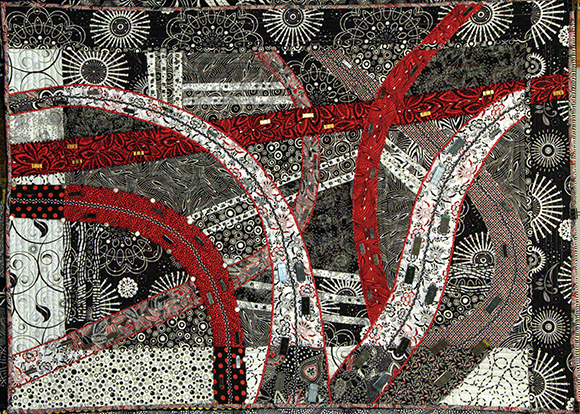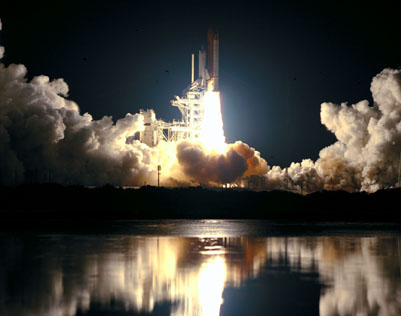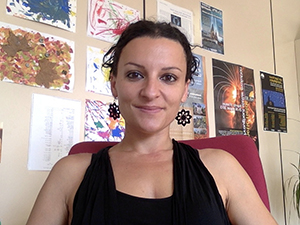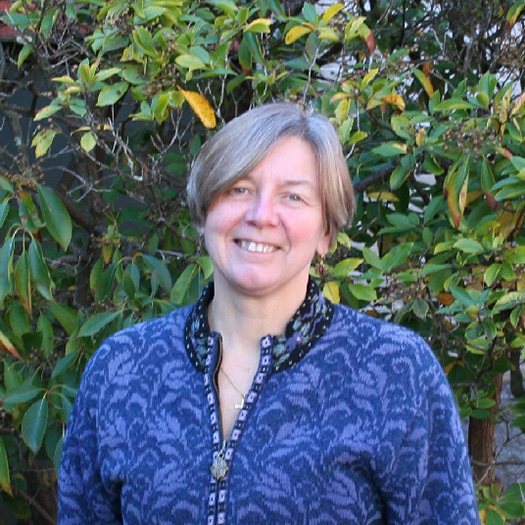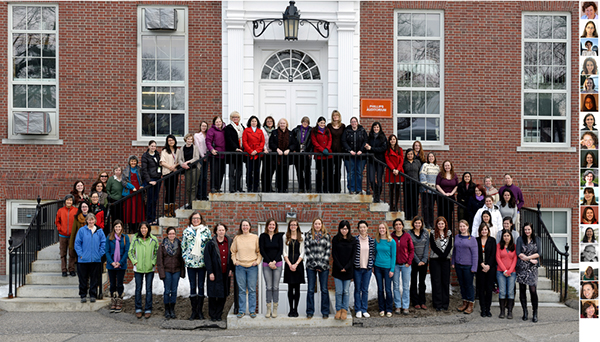Chandra and #ScienceWoman
Submitted by chandra on Thu, 2015-02-19 13:23
At the Chandra X-ray Center, we take pride in promoting and supporting women in science, technology, engineering, mathematics (STEM) whenever we can. (Did you know that Belinda Wilkes is the first woman to be the director of a Great Observatory?) There are so many women who have been crucial to the Chandra project that we have put together a series of profiles called “Women in the High-Energy Universe.”
Unfortunately, many girls and women still feel marginalized or excluded from STEM fields. We noticed a new project by Amy Poehler’s Smart Girls that is trying to change that called #ScienceWoman. By teaming up with PBS Digital Studios and the “It’s Okay to be Smart” web series, they are asking for people to submit videos of the women in science who have inspired them: http://amysmartgirls.com/2015/02/sciencewoman/

